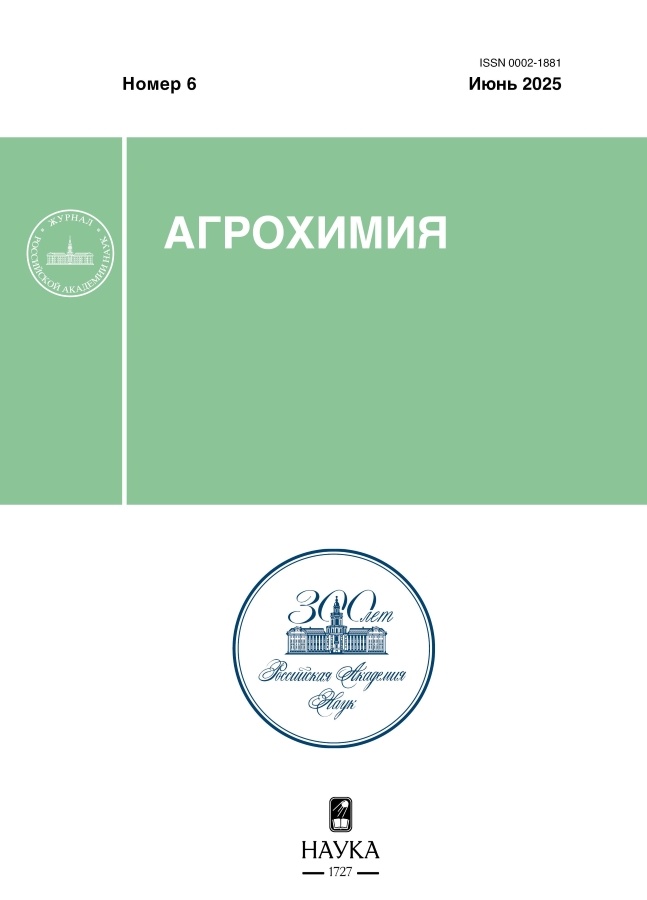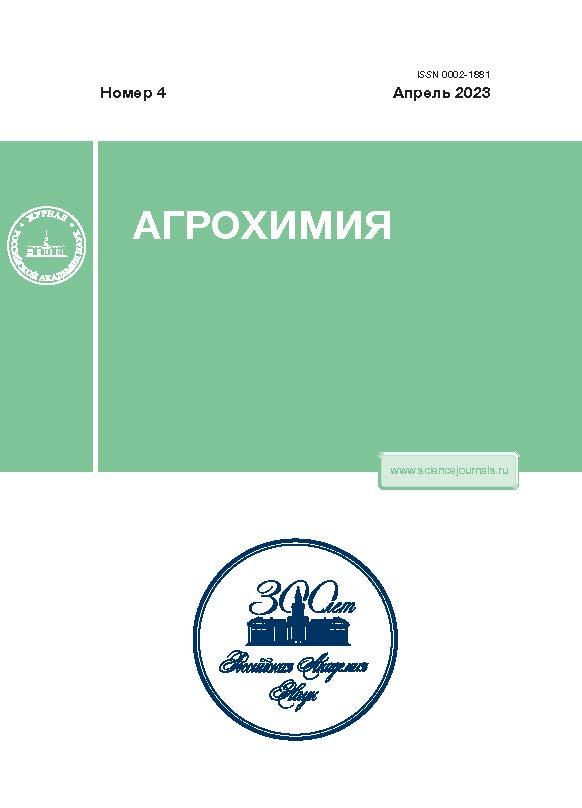Воздействие тяжелых металлов на обилие бактерий рода Azotobacter в серо-бурых почвах Апшеронского полуострова
- Авторы: Наджафова С.И.1
-
Учреждения:
- Институт микробиологии
- Выпуск: № 4 (2023)
- Страницы: 93-96
- Раздел: Экспериментальные статьи. Экотоксикология
- URL: https://freezetech.ru/0002-1881/article/view/647046
- DOI: https://doi.org/10.31857/S0002188123040099
- EDN: https://elibrary.ru/DIQDHK
- ID: 647046
Цитировать
Полный текст
Аннотация
Изучено действие разных концентраций тяжелых металлов в серо-бурых почвах Апшеронского полуострова на обилие бактерий рода Azotobacter. В качестве информативных показателей были взяты показатели общей численности микроорганизмов и обилия бактерий рода Azotobacter. Показано, что в исследованной почве с увеличением концентрации тяжелых металлов (ТМ) при всех сроках учета наблюдали снижение общей численности микроорганизмов по сравнению с контролем. Исследование обилия бактерий р. Azotobacter серо-бурой почвы показало, что бактерии данного рода обладали достаточной устойчивостью к воздействию ТМ. В концентрациях 1 ПДК не обнаружено определенного воздействия тяжелых металлов на бактерии данного рода. Однако при действии ТМ в концентрации 5 и 10 ПДК наблюдали снижение обилия бактерий по отношению к контролю. Исследованные металлы по ингибирующему действию в зависимости от природы загрязняющих веществ можно расположить в ряду: Cr > Pb > Cu.
Ключевые слова
Об авторах
С. И. Наджафова
Институт микробиологии
Email: nadjafovas@yahoo.com
Азербайджан,
AZ1004, Баку, ул. M. Мушвига, 103
Список литературы
- Бабаев М.П., Исмаилов Н. М., Наджафова С.И., Кейсерухская Ф.Ш., Оруджева Н. К вопросу о разработке ПДК загрязняющих веществ на основе ассимиляционного потенциала различных типов почв Азербайджана // Почвоведение. 2020. № 11. С. 1393–1400. https://doi.org/10.31857/S0032180X20110040
- Митрохин О.В. Оценка транслокального загрязнения как составная часть социально-гигиенического мониторинга // Здоровье населения и среда обитания. 2001. № 9. С. 11–17.
- Nadjafova S. I., Babayev A.M., Babayev M.P. Environmental assessment of pollution of heavy metals soil Baku / Mater. Inter. Soil Sci. Congr. on “Soil Science in International Year of Soils 2015” Sochi, Russia, 2015. P. 302–305.
- Ревич Б.А. Проблемы прогнозирования, “горячие точки” химического загрязнения окружающей среды и здоровье населения России / Под ред. В.М. Захарова. 2007. 367 с.
- Сидоренко Г.И., Кутепов Е.Н. Проблемы изучения и оценки состояния здоровья населения // Гигиена и санитария. 1994. № 8. С. 33–36.
- Бабаев М.П., Рамазанова Ф.М., Наджафова С.И. Почвы Азербайджанской Республики. Орошаемые почвы Кура-Араксинской низменности и их производительная способность. М.: Lambert, 2019. 275 с.
Дополнительные файлы













